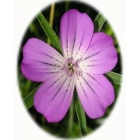 | ||
Corn Cockle-agrostemma githago– is an annual wildflower that used to grow in cornfields, but sadly, has been affected by modern herbicides and is now more or less extinct in the wild. Fortunately seed is readily available, so it can still be introduced into annual wildflower meadows and works best when grown with other cornfield plants. Corncockles should be sown onto well drained fertile soils where there is plenty of sunlight. Plants produce pretty pink flowers that appear from June to August and attract bees. Corn Cockles looks best growing with other annual wildflowers such as Corn Chamomile, Corn Buttercups, Corn Marigolds, Wild Pansies, Cornflowers and Poppies. How to grow Corn Cockle Seeds Corn Cockle seeds should be sown in spring, directly outside, where they are to flower and covered lightly with soil. It is important to note that seeds do not normally establish well in existing grass. Instead they should be sown onto carefully prepared, weed-free soil, where they will usually germinate.readily. To buy Corn Cockle seeds To purchase Corn Cockle seeds, please select a quantity above and click add to cart. To ensure the best chance of success, we sell all of our wildflower seeds by weight, which ensures each wildflower seed packet contains a good quantity of seeds. The recommended sowing rate is 1 gram per square metre, and the number of Corncockle seeds per gram is approx. 80. All of our Wildflower seed packets contain seeds of Native British provenance. Please note that Corncockle seeds can be harmful if eaten. Summary type - annual, colour - Red, height - 75 to 100cms, flowers June, July, August, habitat - Bare, Open Ground (eg Arable field margins, disturbed, waste ground), attracts bees TOXIC | ||
Printed 03/01/2026 02:02:19
st4_1 type annual colour red height 75 to 100cms flowers june july august habitat bare open ground eg arable field margins disturbed waste ground toxic rhs perfect for pollinators pollinating insects bees butterflies moths hoverflies
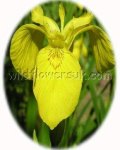
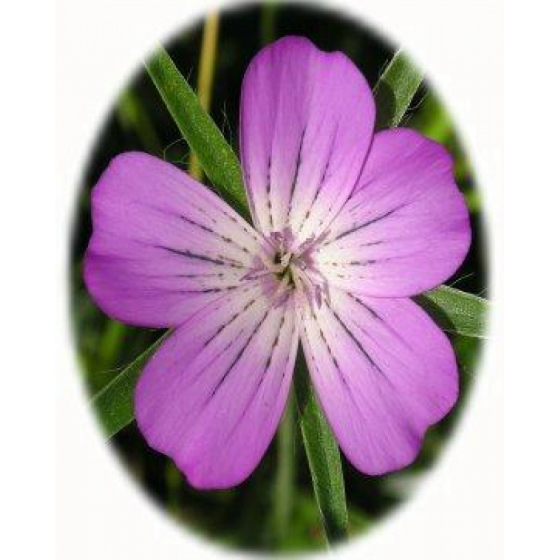
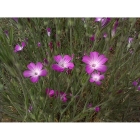
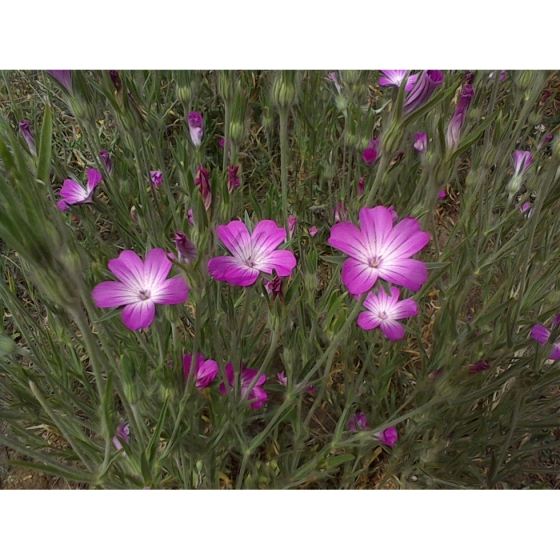
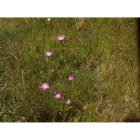
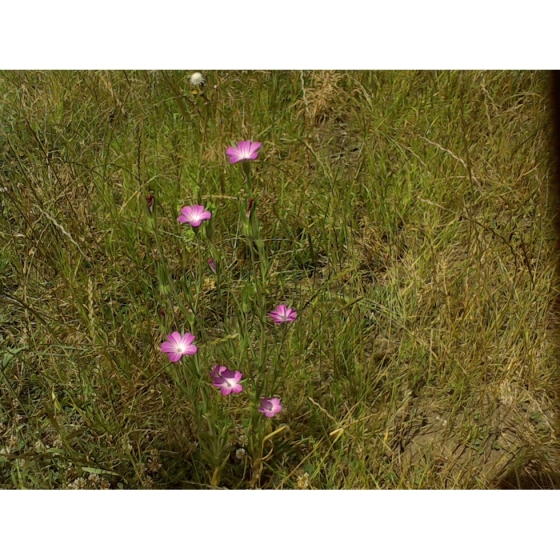
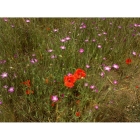
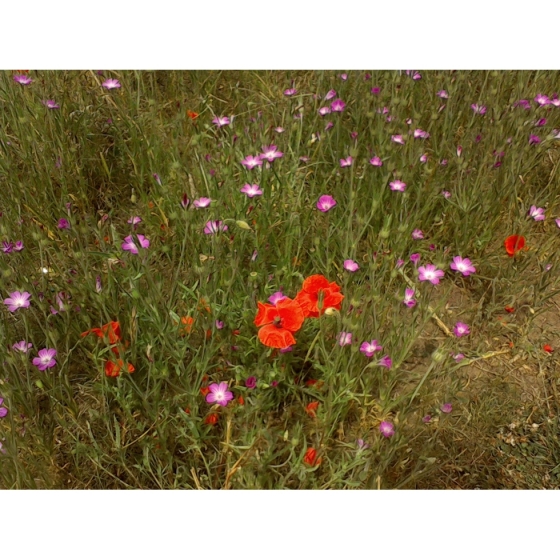


 added to basket
added to basket